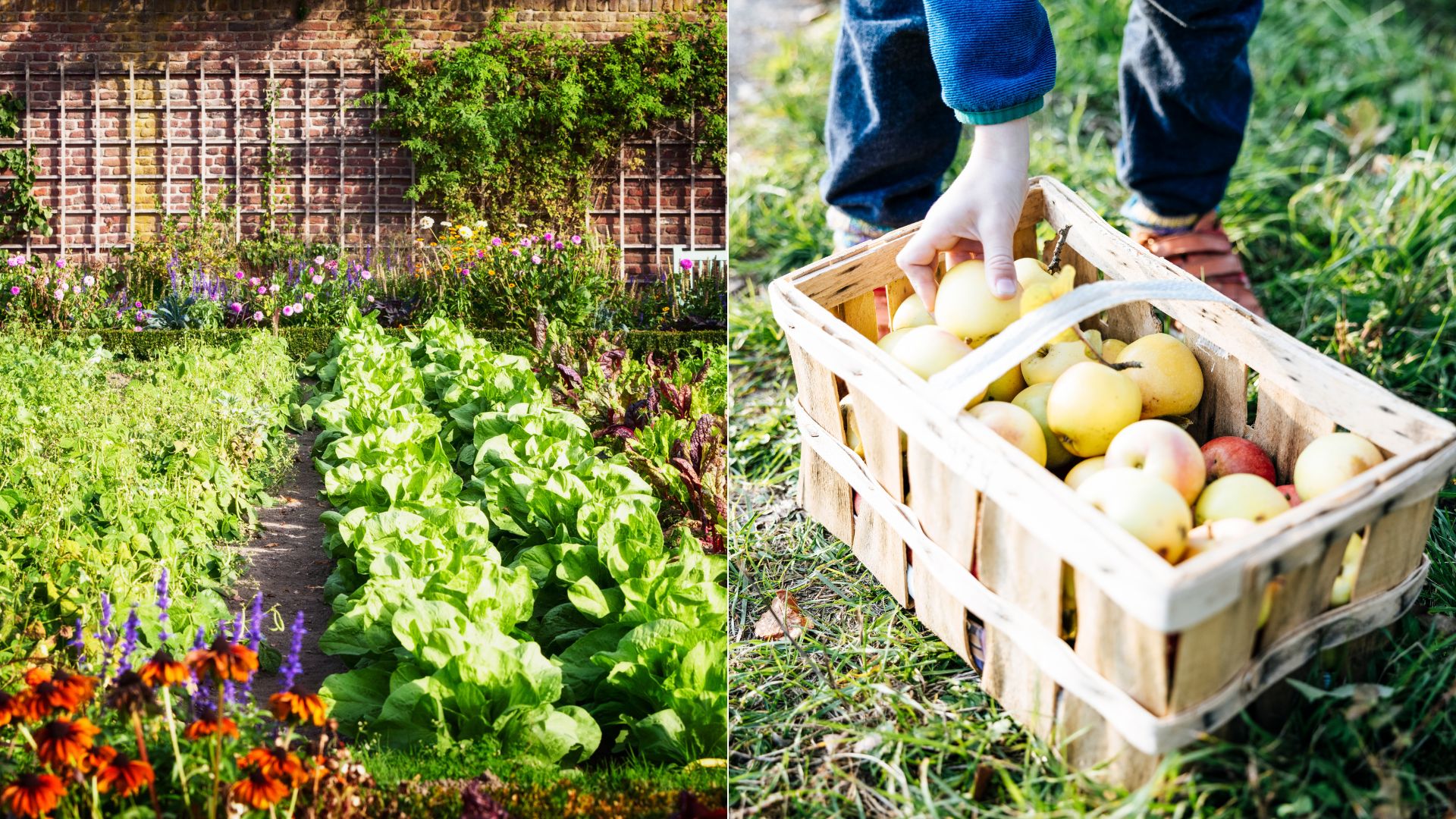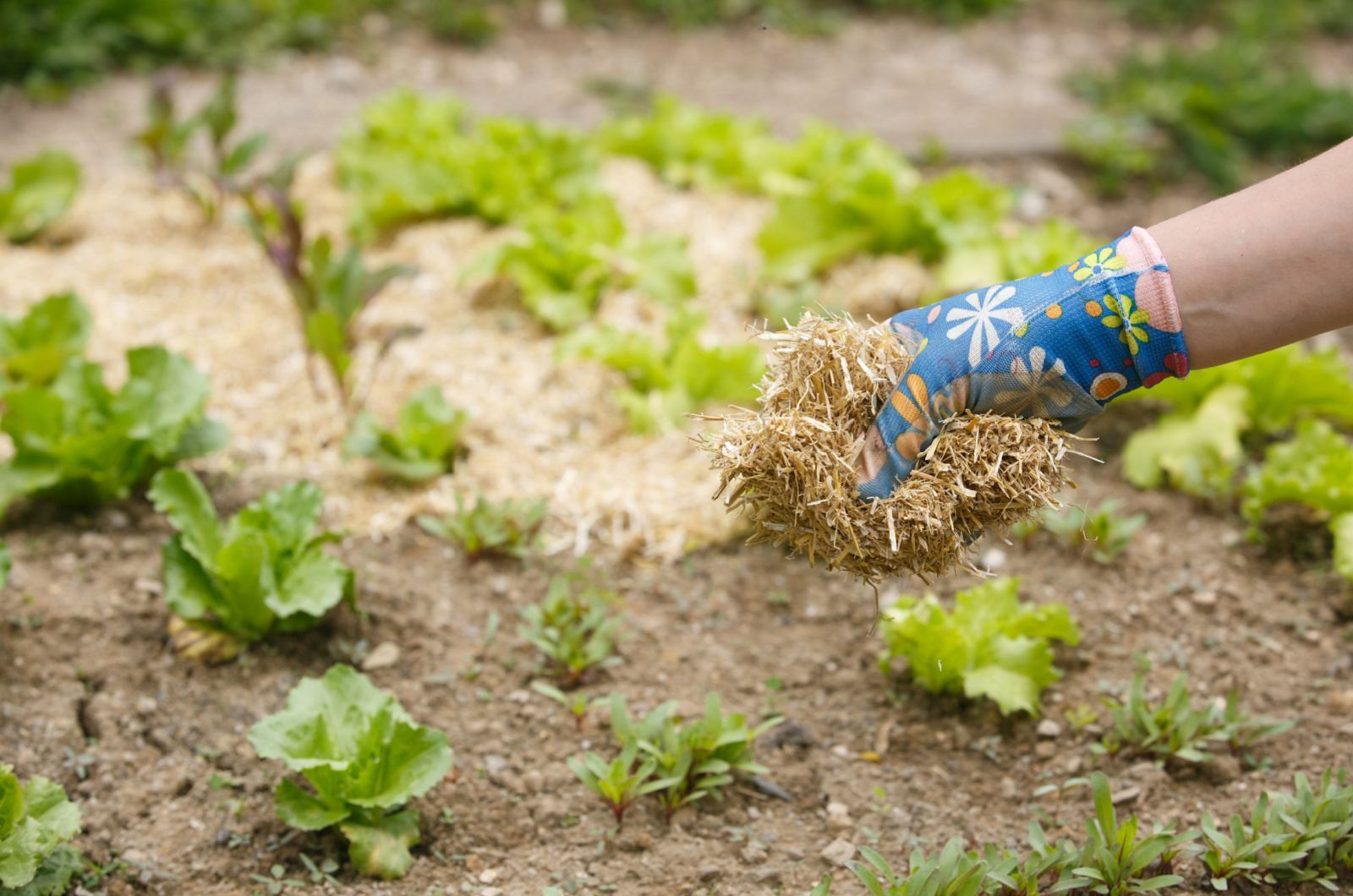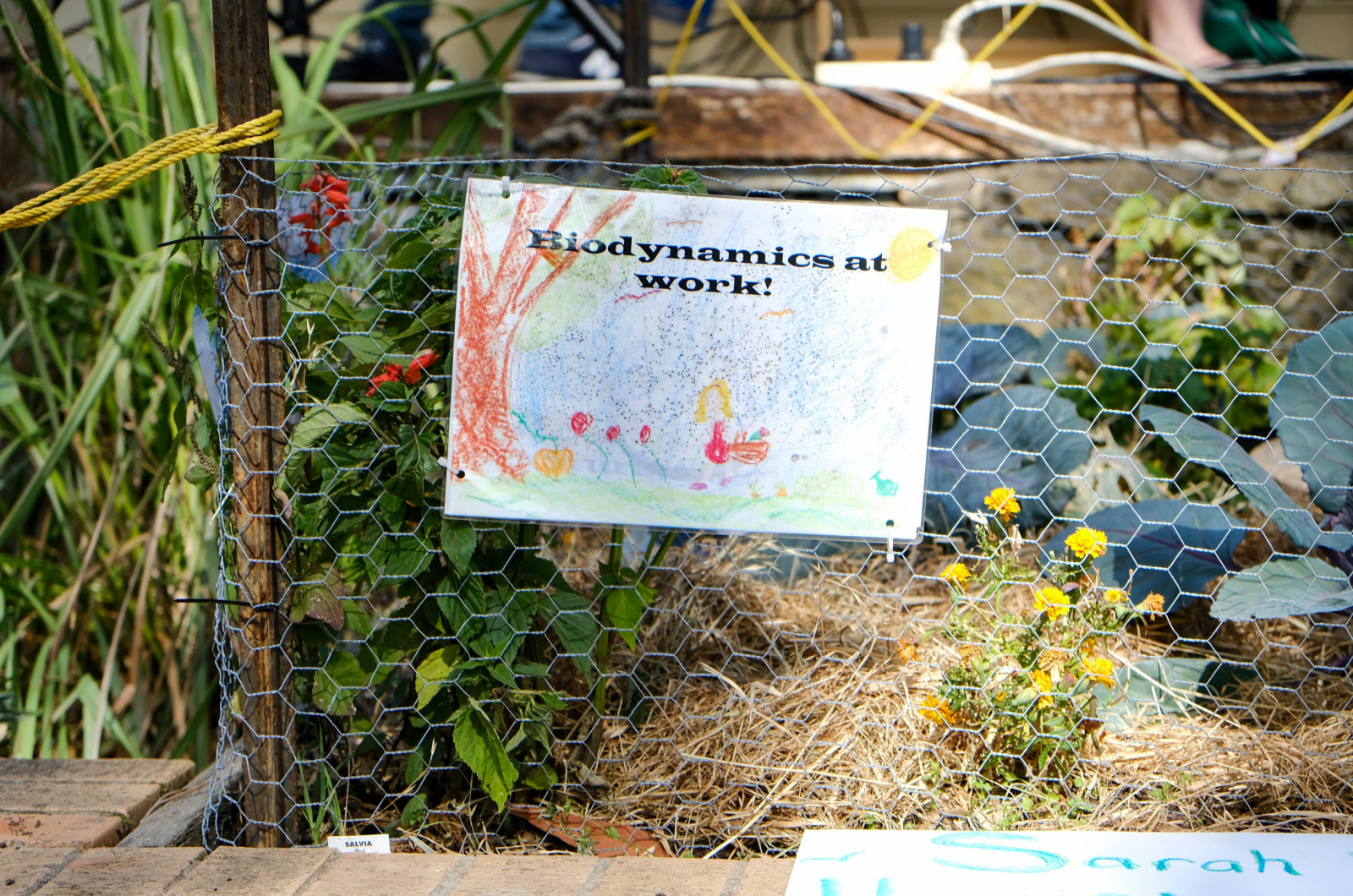Everyone is crazy about organic gardening, but what if I told you that there’s one practice that takes gardening to a whole new level?
I’m talking about biodynamic gardening, a holistic practice that does wonders for blossoming plants, shrubs, and vegetables grown in your garden.
Our main goal is to make our plants the happiest and healthiest possible, but we’re all aware of the effort we need to put into their maintenance.
A perfect watering schedule, crop rotation, and even planting by the moon are all parts of biodynamic gardening. It may sound a little bit odd, but it does give excellent results.
Here’s everything you need to know!
The Story Behind Biodynamic Gardening
The phrase biodynamic gardening seems a bit complicated and makes us think that the practice is reserved for professionals only.
There are, indeed, numerous aspects to consider but this is, in essence, an ecological approach to planting. It’s focused on encouraging biodiversity, promoting soil health, and working in harmony with nature.
The technique has become popular among modern gardeners even though it was mainly used in wider scale farm practices in the past. It basically interconnects agriculture and gardening.
Surprisingly, this isn’t something new; it dates back to 1924 and is rooted in the teachings of Rudolf Steiner.
This gardening practice encompasses various fields, such as plant biology, the science of soil, astronomy, and new composting techniques.
There are many factors to consider when employing this technique; some of the examples are regenerative planting and the lunar cycle.
The final product should be a self-sustaining ecosystem that uses the natural resources of plants, manure, and minerals. What we get is fertile soil and healthy plant development.
You’ll have a closed ecosystem in your garden where everything will be reused. One of the principles of this practice is that nothing goes to waste.
How To Start A Biodynamic Garden
To start employing this technique in your garden, you need to introduce biodynamic sprays. These sprays work as fertilizers and you can get them by making tea from nettle, dandelion, or chamomile.
The tea will, like every other fertilizer, boost plant growth, enhance nutrient absorption, and decrease plant resistance to diseases.
For all the gardeners who grow veggies, you should employ crop rotation techniques. It will help you reduce issues with pests and infections by disrupting their life cycle. Additionally, it will improve soil health.
Your plants will grow larger and you’ll be rewarded with a better yield. Also, your vegetables will contain more minerals that are often lost in commercial production.
Don’t confuse this practice with a permaculture food forest in a yard. The aspect that differentiates biodynamic gardening from other practices is planting by the moon.
When starting plants from seeds, specifically plants that produce crops above the soil surface, you need to sow the seeds when the moon changes from new to full. We refer to this period as waxing.
If you’re starting root crops, you should plant them during waning, i.e., when the full moon diminishes.
Does This Technique Really Work?
Well, it’s not really surprising that many gardeners don’t believe that this method works. I mean, most people have negative views on ‘pseudoscientific’ practices.
Indeed, there isn’t much scientific evidence that shows the effectiveness of biodynamic gardening. Scientists refuse to consider it as a method that’ll aid self-sustainability. (1)
Therefore, we can only make conclusions based on the experiences of those who have employed them; and they’re positive.
In my humble opinion, this method deserves an opportunity. When we take a look at modern gardening practices and the use of chemical products, biodynamic gardening definitely wins the battle.
When To Apply Biodynamic Gardening
Even though you can use this technique in any garden, it works best on veggies and will lead to a better yield.
This also applies to veggies grown in containers. But in this case, you’ll need to revitalize your potting soil every season to ensure more nutrients.
Another thing you should do is use the companion planting technique to get a more balanced ecosystem.
When selecting the plants for your biodynamic garden, pay attention and choose native plants since they’re already adapted to conditions in your region, both environmental and soil conditions.
As mentioned earlier, biodynamic gardening focuses on working in harmony with nature and enhancing biodiversity.
Our main goal was to introduce you to the concept of biodynamic gardening. You should know that in order to achieve it, you’ll need to put in some effort. But the great thing is that it will help you master gardening while promoting the health of your plants and biodiversity.
References
1. Rigolot, C., & Quantin, M. (2022). Biodynamic farming as a resource for sustainability transformations: Potential and challenges. Agricultural Systems.
Meta: Here’s all you need to know about biodynamic gardening. Learn its benefits, aspects to consider, where to start, when it’s best to use it, and much more!



